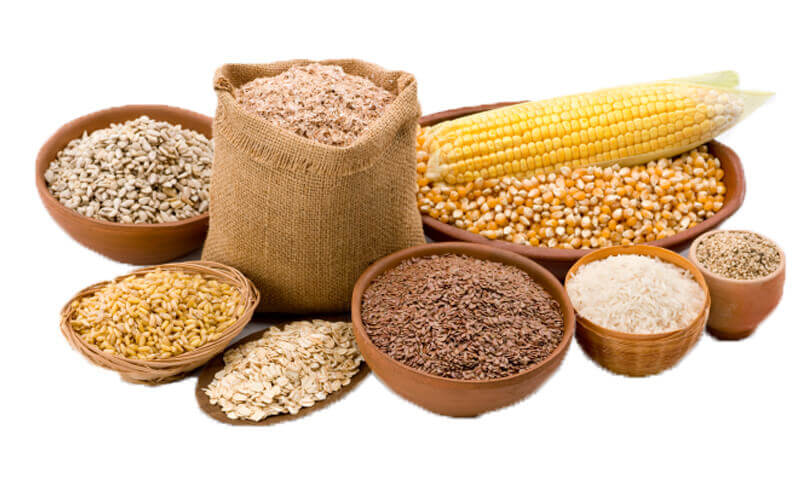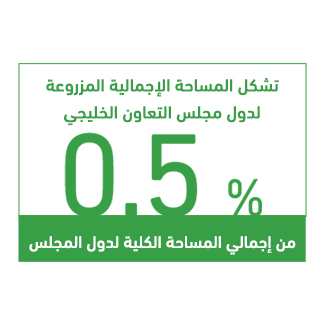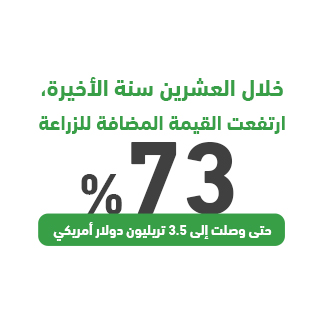,Mashroo3k Economic Consulting Company offers a feasibility study for a livestock feed factory project in Yemen, with the highest return on investment and the best payback period. This study is based on a series of in-depth studies of the Yemeni market size, an analysis of competitors’ strategies, and the provision of competitive pricing.

A livestock feed mill provides various animal feed products, meeting the nutritional and fattening needs of various livestock species. Feed production relies on the processing of grains such as barley, corn, oats, wheat bran, beets, and sugarcane.
Mashroo3k Economic Consulting Company provides investors interested in investing in a livestock feed mill project in Yemen with a set of specialized feasibility studies based on up-to-date databases specific to the Yemeni market. These studies help ensure the project’s success, achieve the highest return on investment, and achieve the best payback period.



Focus on the quality of raw materials and the final product.
A highly qualified workforce.
Highly skilled workers and technicians.
Attention to general factory cleanliness.
Supervision by a management characterized by precision and discipline.
Using advanced technology in manufacturing and packaging.
Commitment to maintaining product quality during packaging.
Executive summary
Study of project services/products
Market Size Analysis.

The Industrial Sector in the Gulf Cooperation Council (GCC) Countries
The industrial sector is considered the cornerstone of the global economic renaissance, and its indicators are indicative of the progress and development of countries. Without the strength of the industrial sector in some Western countries today, the Arab world would not have recognized them. Given the importance of this vital sector, Mashro3ak would like to present the following key highlights of the sector in the GCC countries:
The Kingdom of Saudi Arabia:
– Number of productive factories: 8,258.
– Number of licensed workers: 968,121.
– The capital of these factories is estimated at approximately 1,256,616 million riyals.
– The largest industrial activities in terms of the number of factories producing non-metallic minerals (1,641 factories), followed by the rubber and plastics sector with 1,122 factories.
The Riyadh region has the largest number of factories (3,332), followed by the Eastern Province (1,877), and then the Makkah region (1,741).
Small factories in the Kingdom represent 43.7% of the total number of factories (3,671). They employ 111,354 workers.
Medium-sized factories in the Kingdom represent 46.6% of the total number of factories (3,907). They employ 379,342 workers.
Large-scale factories in the Kingdom represent 9.7% of the total number of factories (813). They employ 477,425 workers.
There are 1,801 factories under construction in the Kingdom of Saudi Arabia. The number of licensed workers in these factories is estimated at approximately 78,650. The total capital of these factories amounts to 68,481 million riyals.
The Riyadh region accounts for 40.4% of the total number of factories under construction (728 factories).
United Arab Emirates:
According to the latest census, the number of existing factories is 6,481.
The number of workers is 737,126.
The number of establishments operating in the manufacturing sector is 32,654.
The value of production in the UAE’s manufacturing sector is AED 448,127 million.
The coke and refined petroleum products industry is the largest industrial activity in terms of production value, with its production—according to the latest official census—reaching approximately AED 119,787 million.
The value of industrial exports currently exceeds AED 240 billion.
The UAE aspires to be ranked 25th in the Global Manufacturing Competitiveness Index, having ranked 38th for years.
The country’s strategy supports the establishment and founding of 13,500 small and medium-sized enterprises.
Kuwait:
_ The number of industrial establishments is 5,539.
_ The number of workers in the sector is 160,654.
_ The total production value amounts to 35,929,708 thousand Kuwaiti dinars.
_ The number of establishments employing (1-10) workers is 4,526. The number of workers in these establishments is 24,048. The production value of these establishments is 250,322 thousand Kuwaiti dinars.
_ The number of establishments employing (11-19) workers is 464. The number of workers in these establishments is 6,871. The total production value is 113,126 thousand Kuwaiti dinars.
_ The number of establishments employing more than 20 workers is 549. The number of workers in these establishments is 129,735. The total production value of these establishments amounted to 35,566,260 thousand Kuwaiti dinars.
Qatar:
_ The number of industrial establishments is 3,467.
_ The number of workers in these establishments is 161,872.
_ Small and medium-sized industries account for approximately 84% of the total number of factories operating in the country.
_ The manufacturing industry contributes approximately 9.2% to the GDP.
_ Establishments with fewer than 10 employees are 1,799, with 8,305 workers.
_ Establishments with more than 10 employees are 1,668, with 153,567 workers in these establishments.
Sultanate of Oman:
_ There are 61,217 establishments operating in the manufacturing industry in the Sultanate of Oman.
_ The workforce in the manufacturing sector in the Sultanate is 237,000 workers.
Manufacturing industries contribute approximately 9.6% to the Sultanate of Oman’s GDP.
Manufacturing exports contribute 31.4% of the Sultanate’s total exports.
The manufacturing industry’s growth rate is estimated at approximately 6% over the past five years.

The Industrial Sector in the Gulf Cooperation Council Countries
Kingdom of Saudi Arabia:
The Riyadh region accounts for 40.4% of the total number of factories under construction (728 factories).
United Arab Emirates:
The UAE aspires to be ranked 25th in the Global Industrial Competitiveness Index, having ranked 38th for years. The country’s strategy supports the establishment of 13,500 small and medium-sized enterprises.
The industrial sector in the UAE contributes approximately 8.4% of the GDP.
Kuwait:
The number of employees in these establishments reached 129,735. The total production value of these establishments amounted to 35,566,260 thousand Kuwaiti dinars.
Qatar:
The manufacturing industry contributes approximately 9.2% of the GDP.
Sultanate of Oman:
The contribution of manufacturing exports to the Sultanate’s total exports is 31.4%.